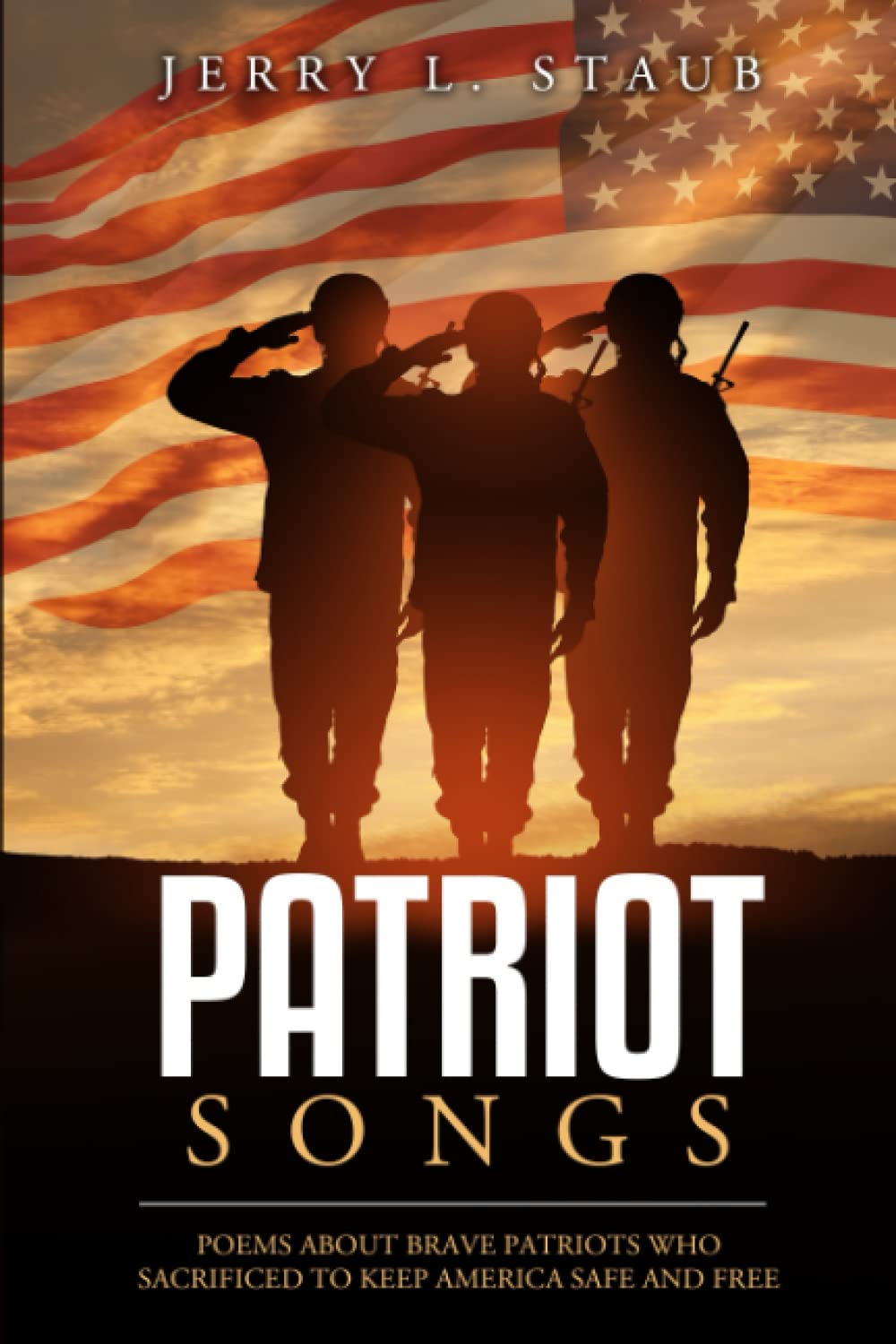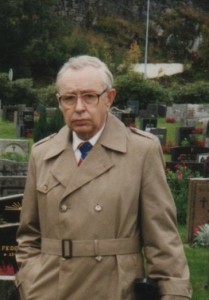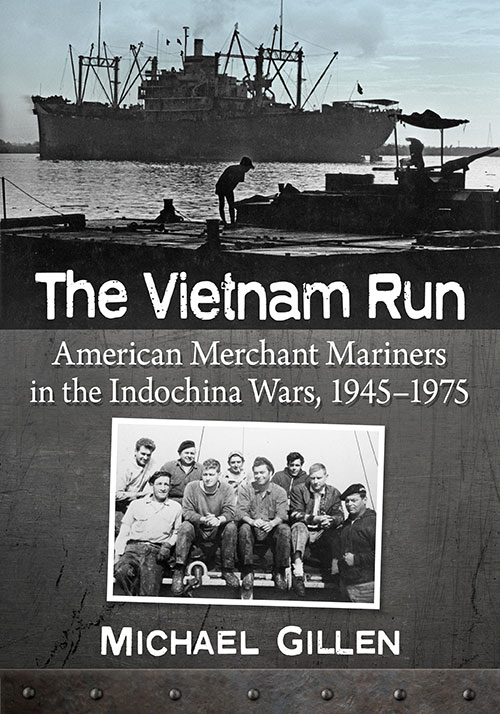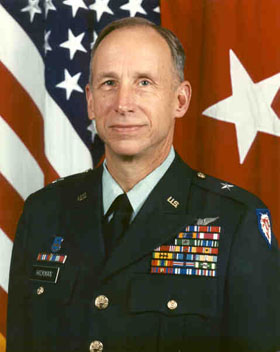
Colors of War & Peace (190 pp. $14.99, paper) is a collection of eight short stories written in a creative nonfiction style by D.M. Thompson. It is one of the best literary works dealing with the Vietnam War I have read in years.
Thompson served in Vietnam in 1968-70 with MAC-V SOG, the covert Studies and Observation Group. He was called back in 1978 to serve eight years with the 11th Special Forces Group. Each story in this book is told in first person and they follow each other in a mostly chronological order.
In the introductory story, “Blue Tattoo,” it’s 1967 and a session of Army Officer Candidate School is more than half over. There are still building inspections to face and pugil stick training matches to be held, but the hardest thing ahead for the cadets is finding the required date for the Senior Ball.
In the second story, “Walking Point with Sergeant Rock,” the narrator is now a “bush-tailed lieutenant,” living in a “jerry-rigged camp” alongside a small airstrip in South Vietnam. He is fighting alongside the indigenous people of the mountains, known as Montagnards, and their “crossbow culture.” He has lost twenty pounds during his first month in-country, mainly the result of constant diarrhea.
“Boxcar Orange” is a reference to the new, wild, color schemes being used by Braniff Airlines for their planes that frequently carried U.S. troops into and out of the war zone. The narrator is two months into his second tour and has just boarded a plane to Sydney for a one-week R&R. While sitting buckled-up in his seat he worries that he is helpless inside a large stationary bulls-eye for 122mm rockets.
“Challenging Disaster” takes place on January 28, 1986. Our narrator now works for a brokerage firm while attending occasional drills as a member of the Special Forces Reserve. Getting to his office requires him to walk down a long hallway, “dark and drafty as a French prison.” Many of the people and things he encounters cause him to recall some act of violence during the Vietnam War. Meanwhile, the space shuttle Challenger moves closer to its rescheduled launch time.

In “Black Hand” the narrator is preparing to make one of his regularly required Reserve parachute jumps. Maj. Wilson is sitting in the number-one slot, making him the “wind dummy.” His jump will help determine if wind speeds are safe enough for the others. Waiting his turn, the narrator’s thoughts go back to a combat jump he once made into a situation of “controlled chaos” in Vietnam.
This is a great collection of stories written in a unique, experimental style. Thompson’s use of the English language is a joy to behold. While writing stories that seem to be exploding in several directions, Thompson never lets them get out control.
Dan Thompson has a new fan and I’m thrilled to help spread the word about him and this fine literary work.
–Bill McCloud












